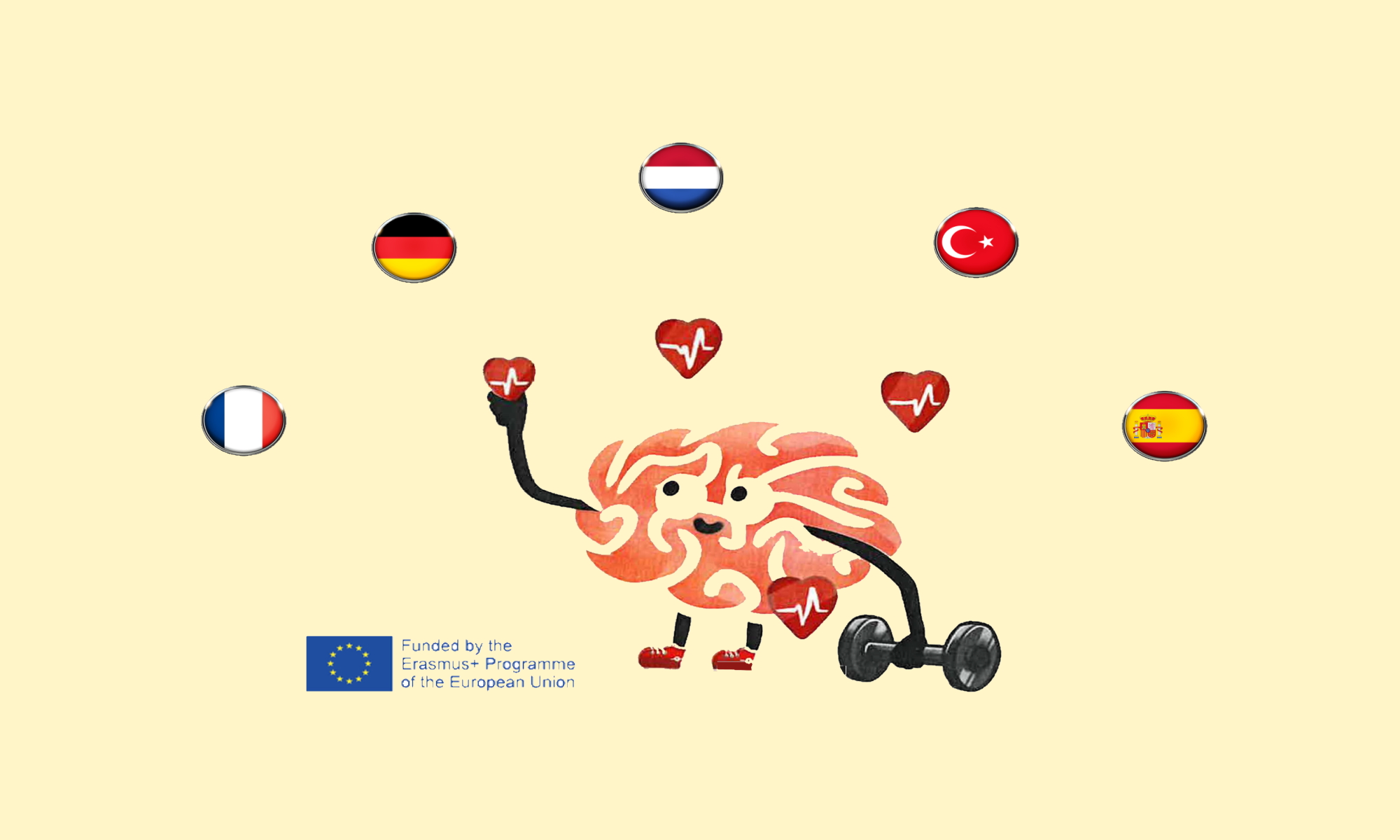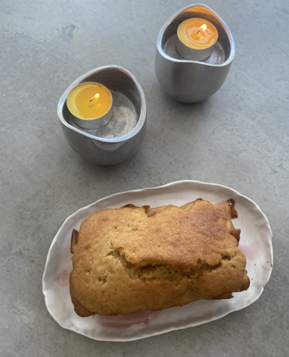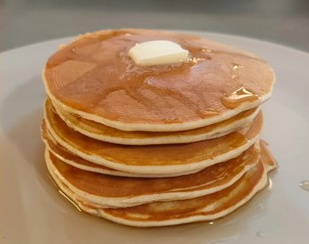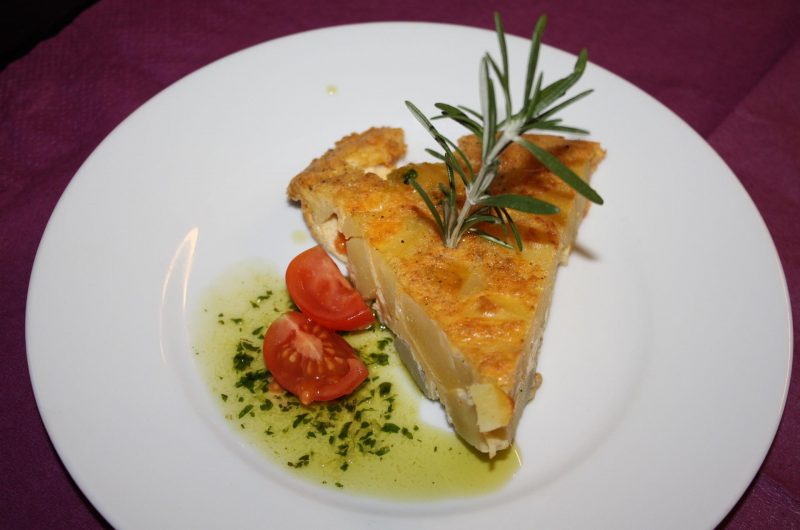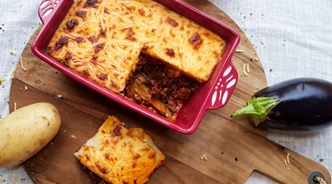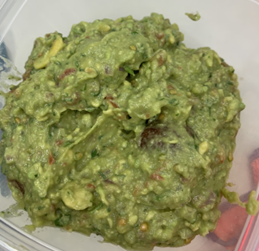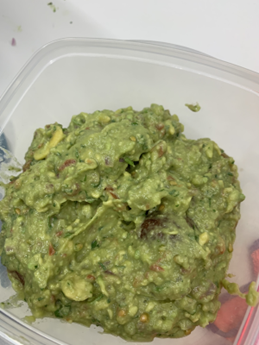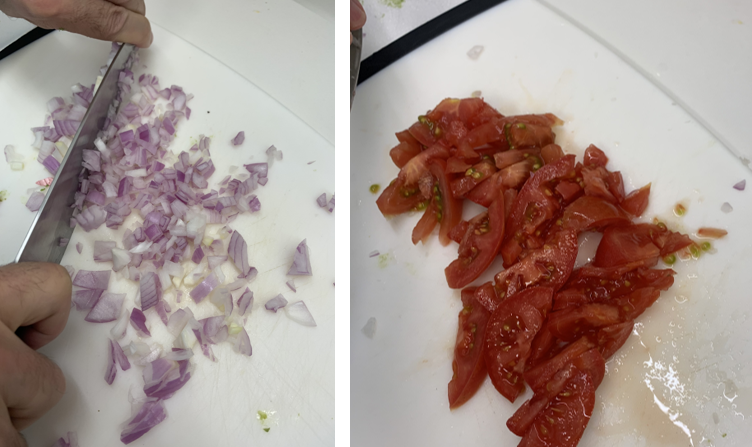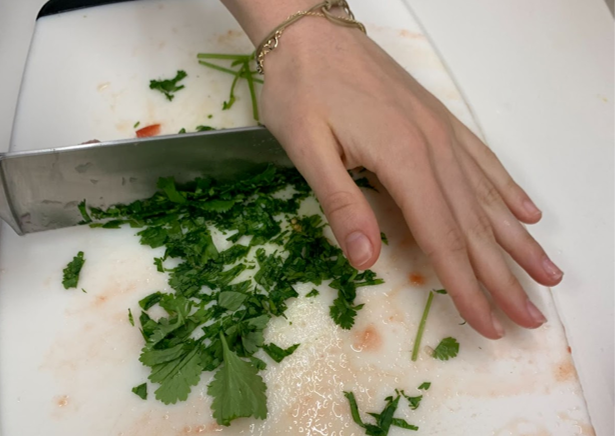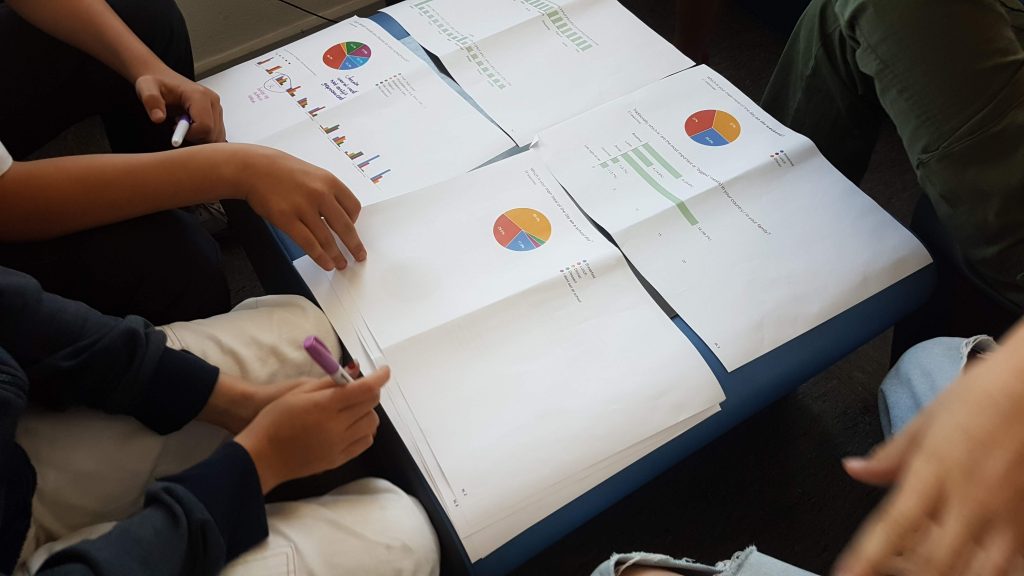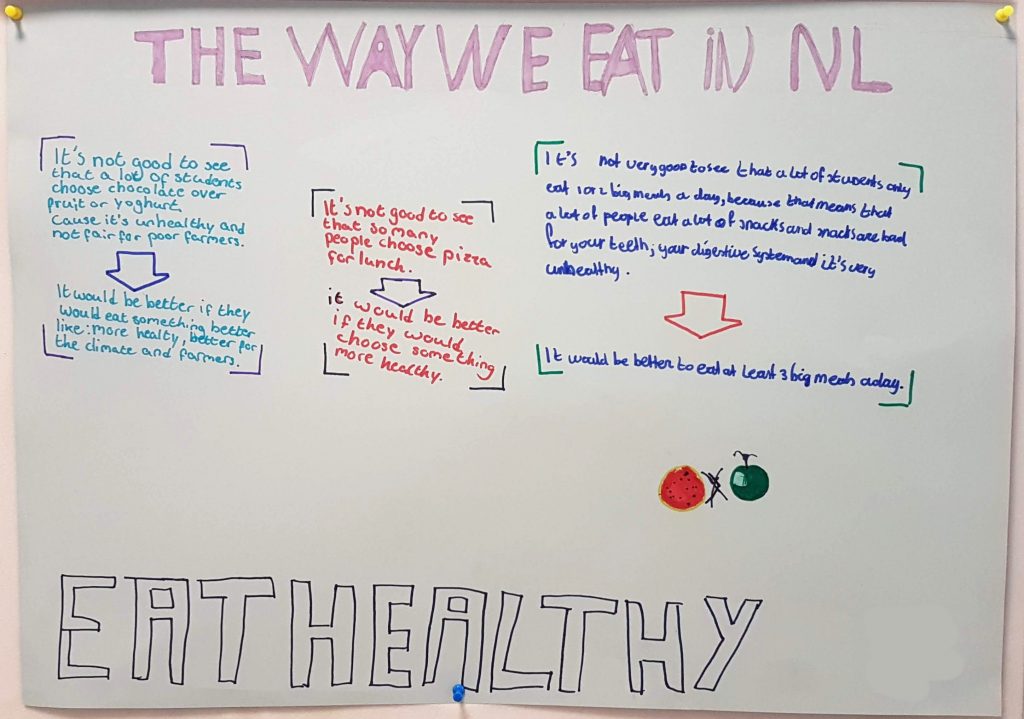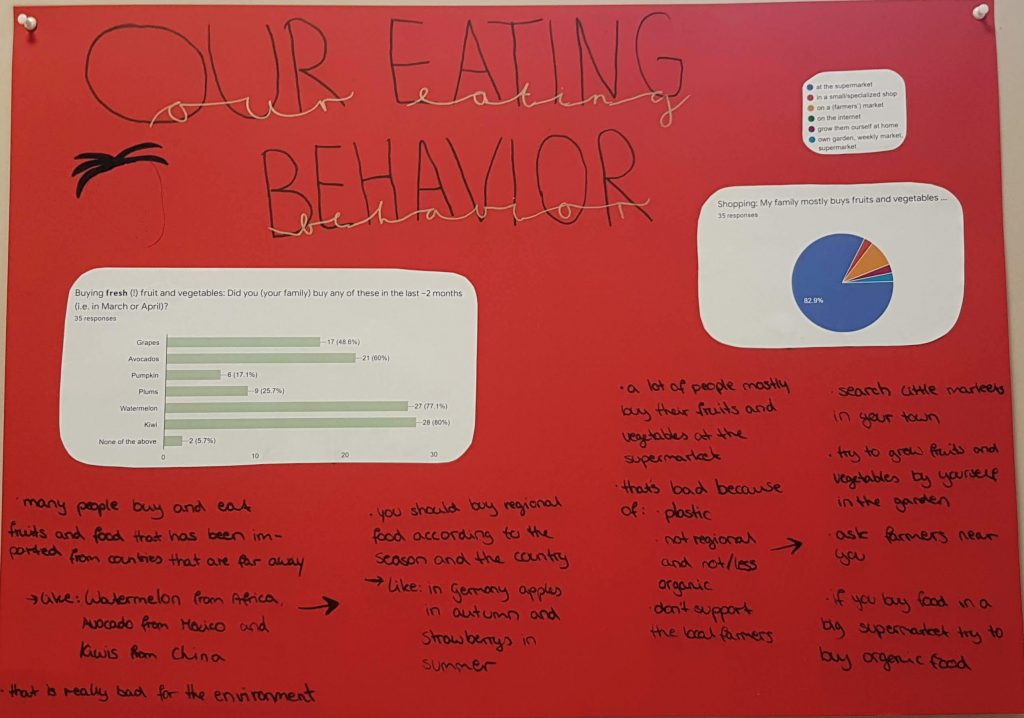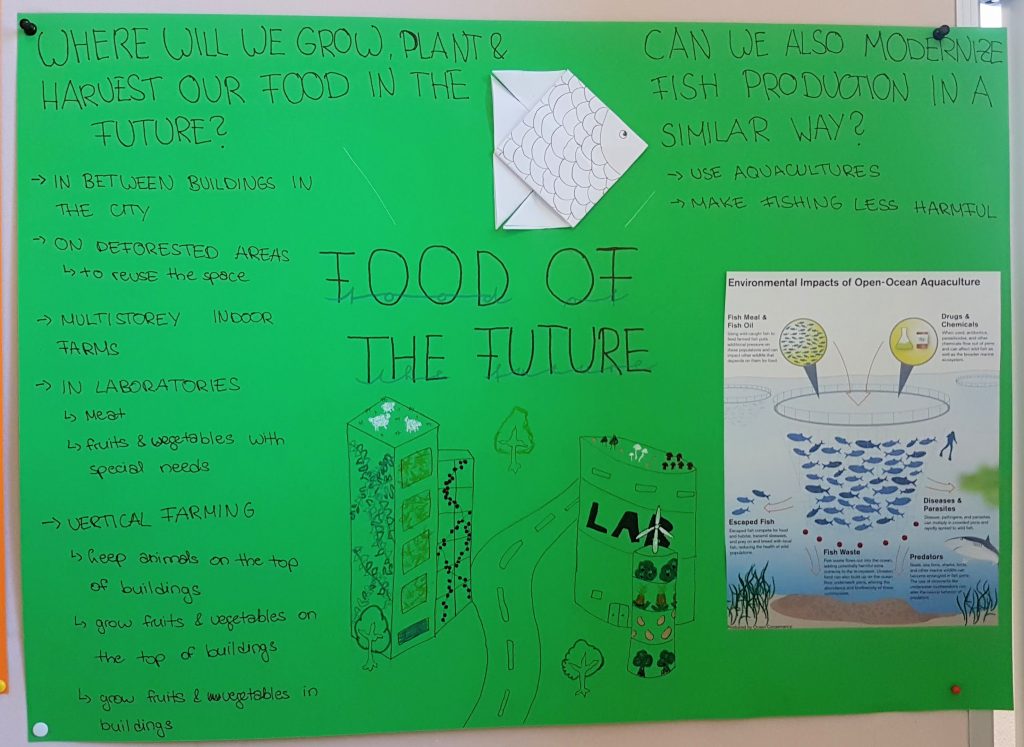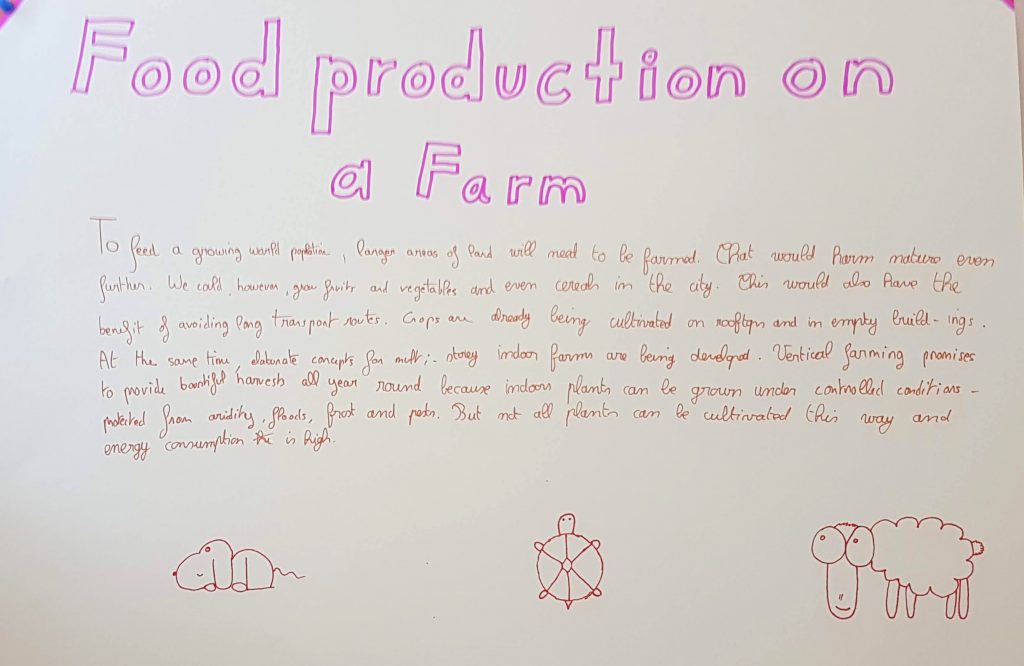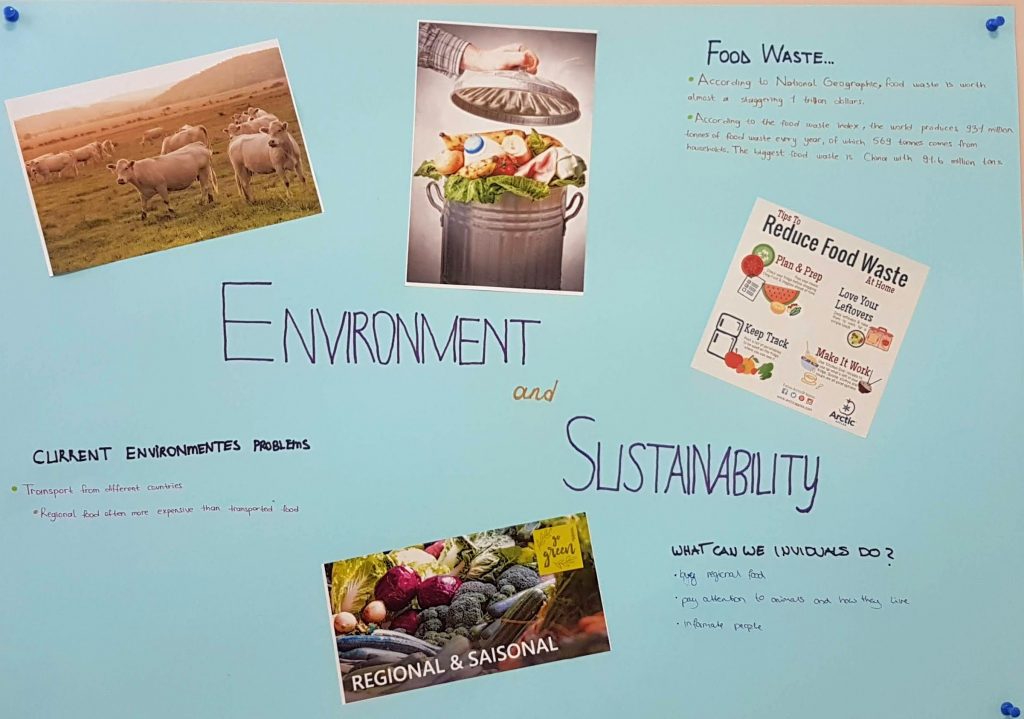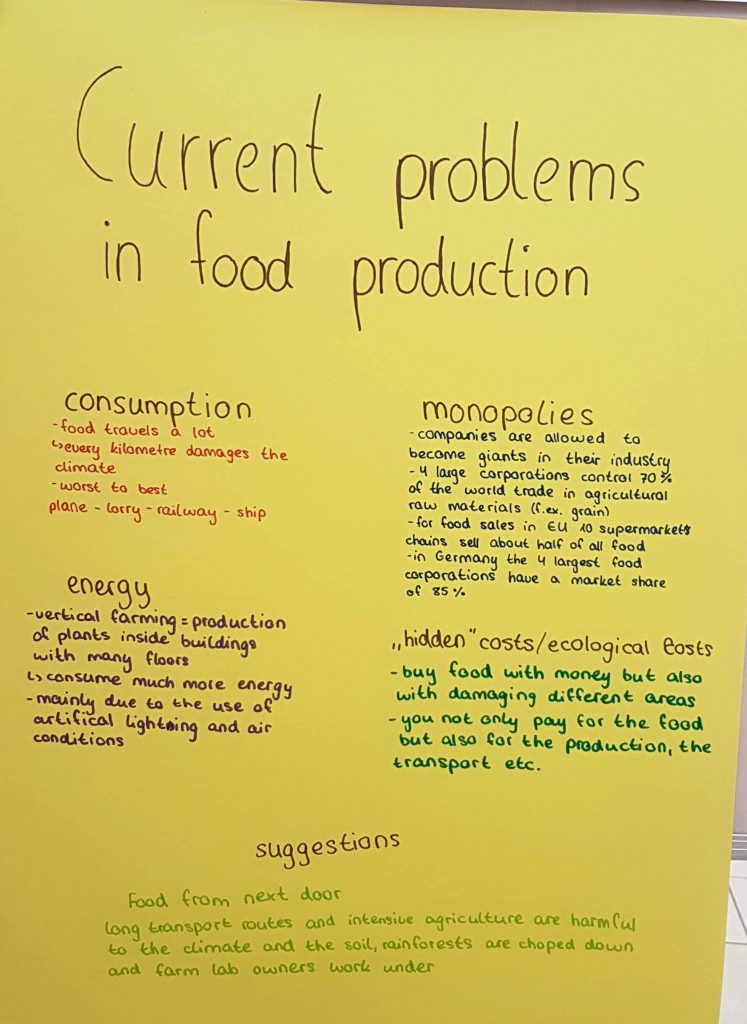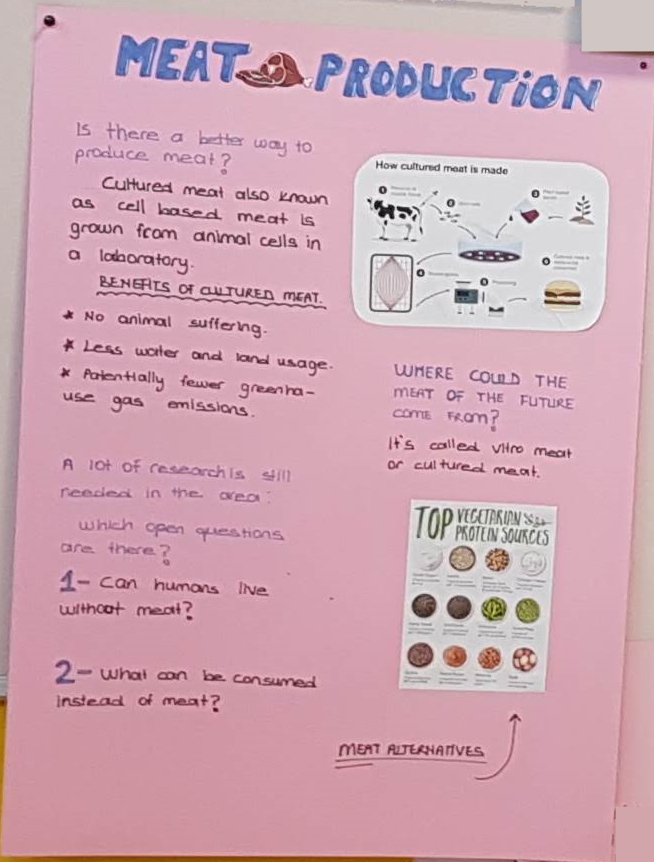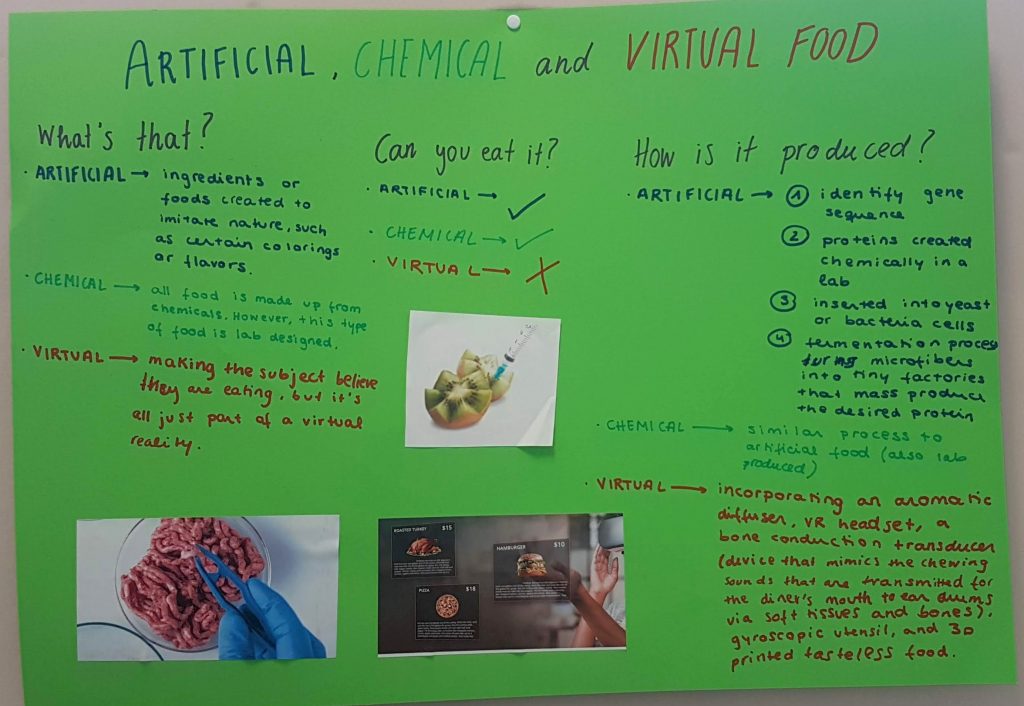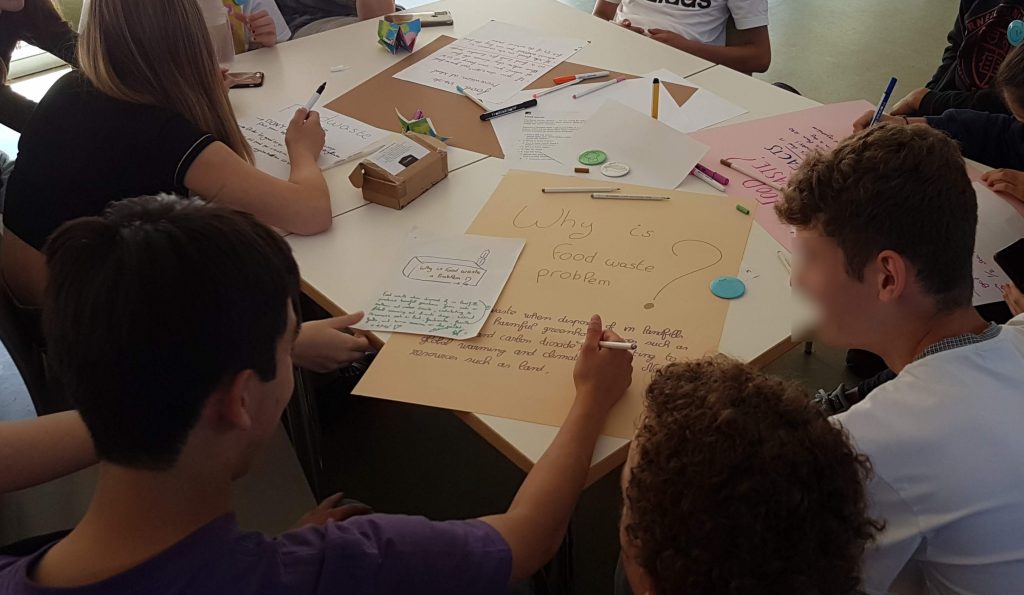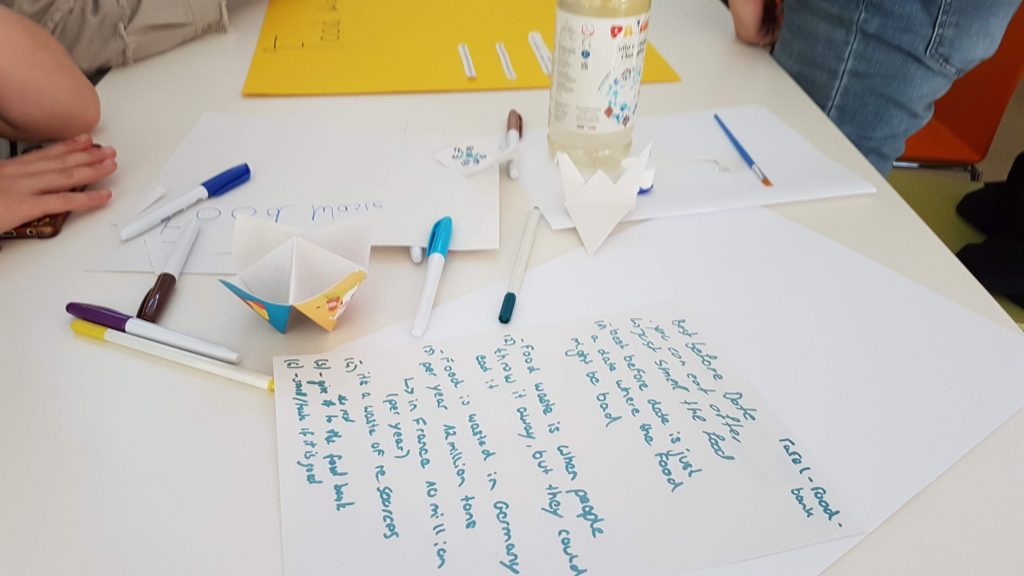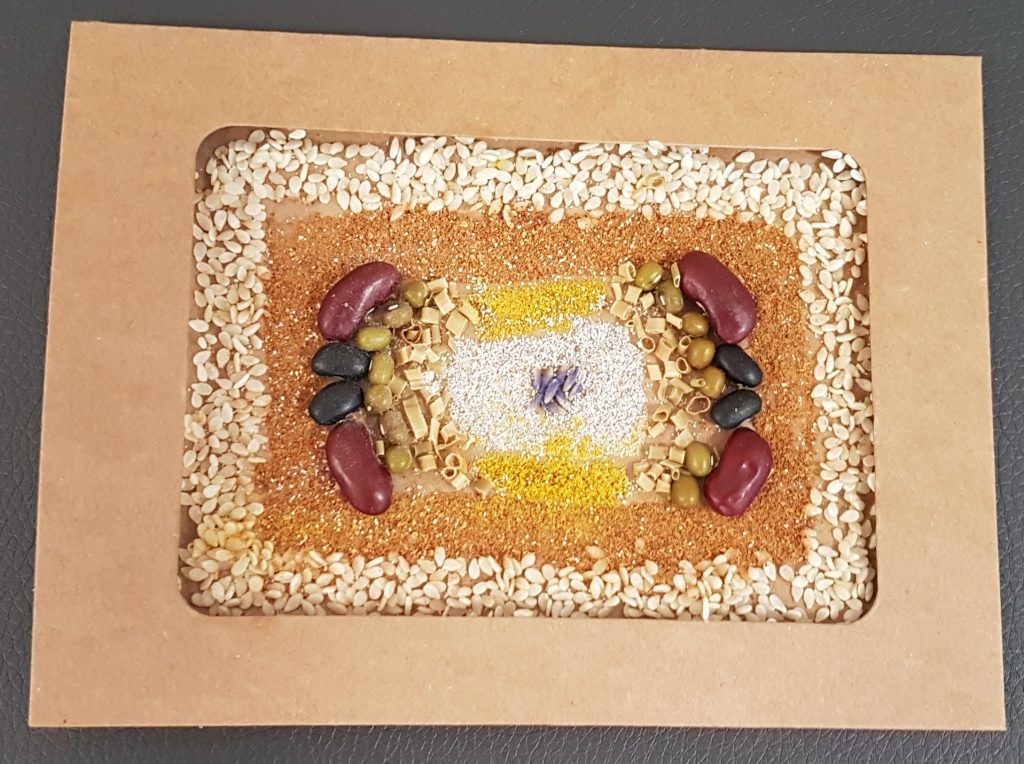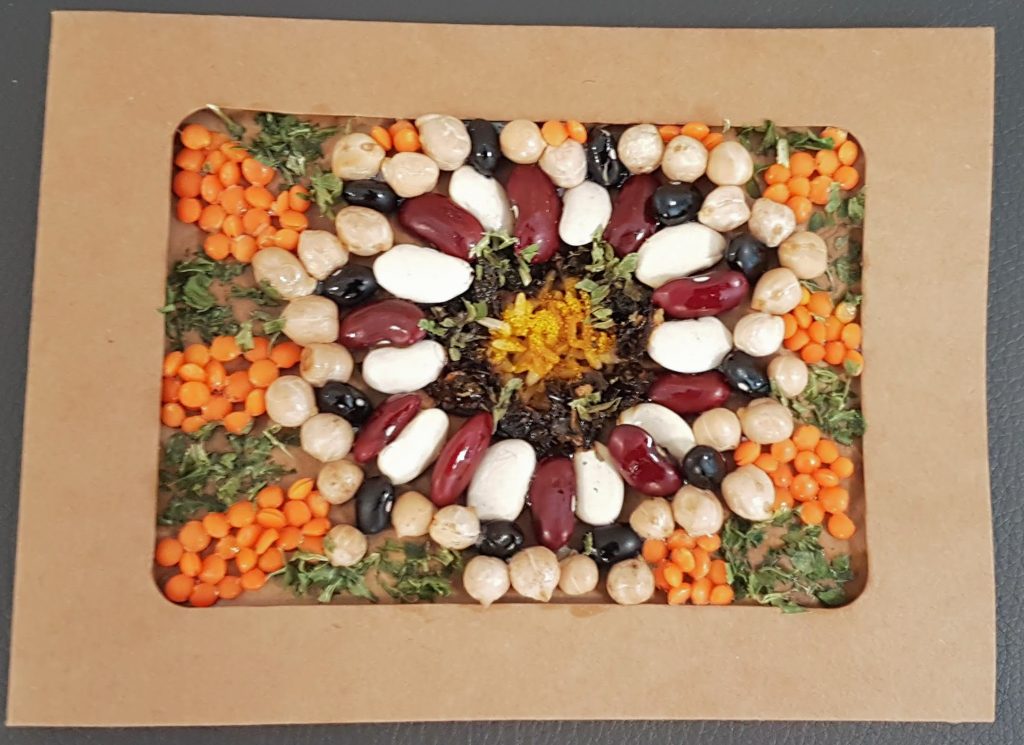Banana Bread contains a lot of proteins as it has oats and banana. It is better when the bananas are ripe as it is easier to smash them, and they taste better when they are mixed with all the ingredients.
Not many desserts, or afternoon snacks have positive “side-effects”, but here are some for banana bread:
It helps to reduce cholesterol
It has a great supply of vitamins
It reduces fatigue and tiredness
It stimulates the nervous system and the intestinal function
It helps in weight loss
It is rich in antioxidants
It is probiotic
It prevents hypothyroidism and helps with bronchitis
Pan de Plátano – Banana Bread
Course: Sides, Breakfast5
servings15
minutes50
minutesIngredients
1 banana
1 egg
75 gr oats
40 gr brown sugar
1 tsp of baking powder
38 gr of melted butter
splash of vanilla extract
Directions
- Preheat oven to 180° C
- In a blender, blend the oats until it has the texture of flour and keep them aside for later.
- In a bowl, smash with a fork the peeled banana.
- Melt the butter until it is liquid, add it to the bowl (where there is the mashed banana), and mix it.
- Add to the bowl the egg, the brown sugar and a splash of vanilla extract and mix it.
- Take a strainer, place it on top of the bowl and strain the oatmeal with the baking powder.
- Stir in all the ingredients until there remains a not very thick and homogeneous mass.
- Add the mass to a metal cake pan lined with baking paper.
- Put it in the oven and leave it for 30-45 min
- After the time has passed, let it cool a little bit, if you want you can garnish it with a little bit of jam, and it is ready to be served.
